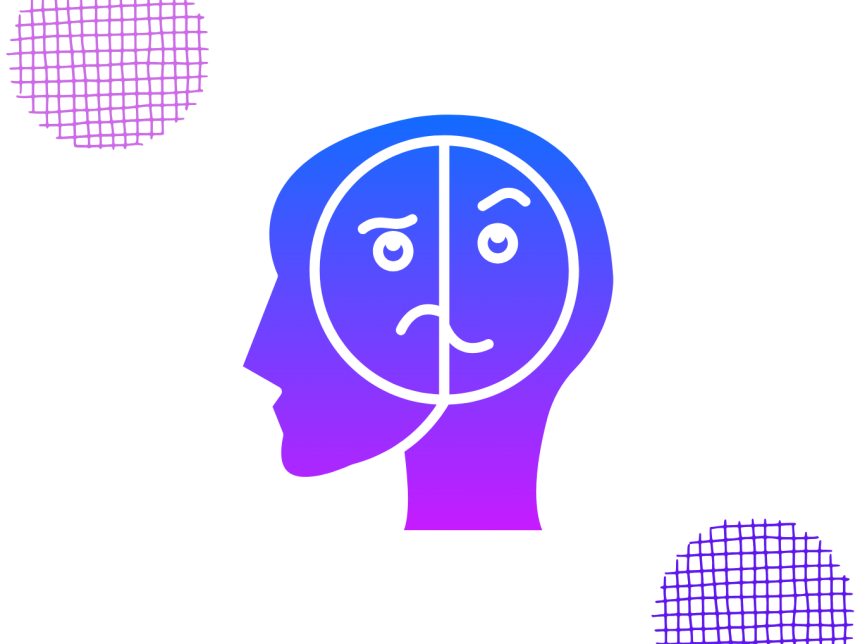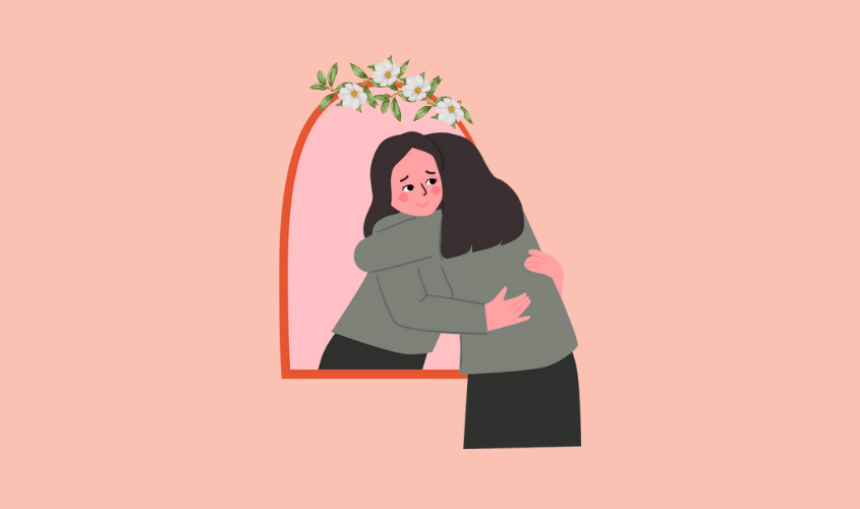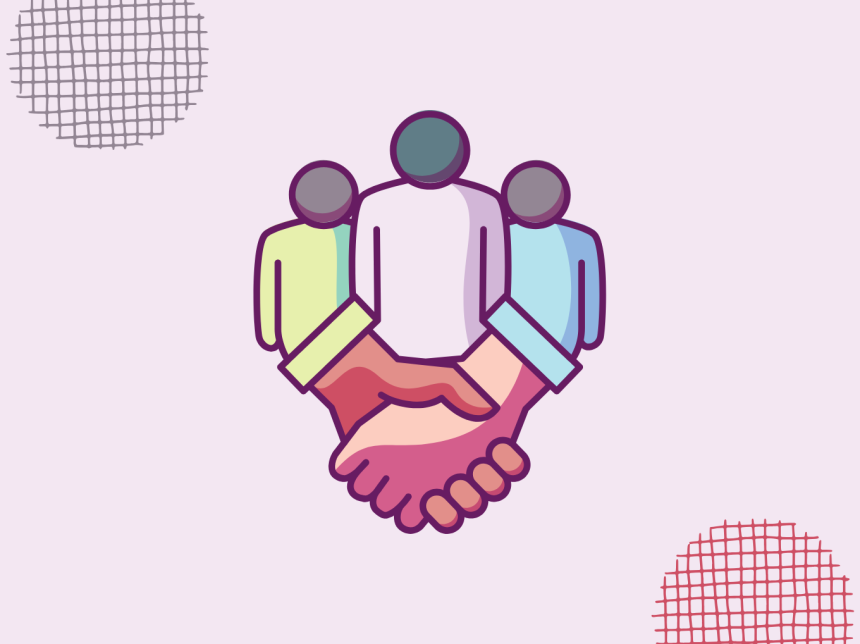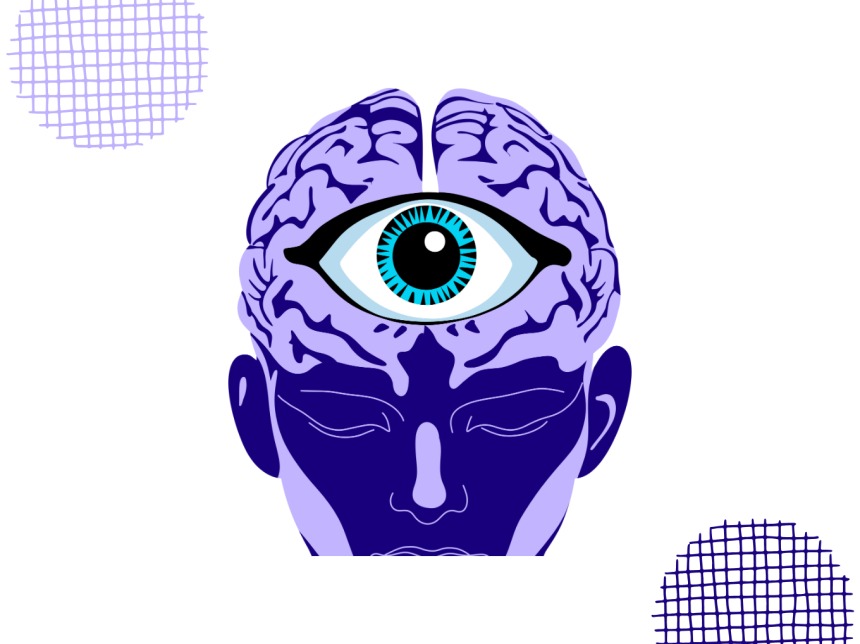
The Horns Effect: How One Negative Trait Can Distort Judgment
Discover the Horns Effect — a cognitive bias where a single negative trait shapes our entire perception. Learn real-life examples and tips to reduce unfair judgment.
Have you ever dismissed someone’s abilities just because of one small flaw? That’s the Horns Effect — a cognitive bias where one negative trait overshadows all other qualities, making us see a person, product, or situation in an overly negative light.
Where the Horns Effect Comes From
The Horns Effect is essentially the reverse of the Halo Effect. While the Halo Effect lets a positive trait influence our overall impression, the Horns Effect magnifies a negative trait until it dominates our entire perception. Psychologists have linked it to our brain’s tendency toward negativity bias — the fact that we give more weight to negative experiences and traits than positive ones.
How It Works
- One negative trait stands out – e.g., poor punctuality, a single mistake, unpolished appearance.
- Generalization occurs – We assume other unrelated traits must also be negative.
- Bias is reinforced – Every new observation is interpreted to confirm the initial bad impression.
Examples in Everyday Life
- Workplace: An employee misses one deadline, and their manager now sees them as unreliable in all tasks.
- Education: A student answers a few questions incorrectly and is assumed to be “weak” in the subject.
- Customer Service: One bad review makes a business seem incompetent, even if most reviews are positive.
- Social Interaction: Meeting someone on a bad day makes us think they’re generally unfriendly.
The Relationship Between Horns and Halo Effects
Both biases are two sides of the same coin — the attribution bias. The difference lies in whether the initial standout trait is positive (Halo) or negative (Horns). In both cases, judgment becomes distorted.
Why the Horns Effect Matters
The Horns Effect can:
- Harm workplace evaluations and promotions.
- Undermine academic fairness.
- Damage relationships before they even start.
- Cause brands and businesses to lose customers after a single bad impression.
How to Reduce the Horns Effect
For Leaders & Educators:
- Use objective performance metrics instead of first impressions.
- Separate unrelated traits when evaluating people.
- Allow for second chances and reassessment.
For Individuals:
- Ask yourself: “Am I judging the whole person/product based on one thing?”
- Look for contradictory evidence to challenge your bias.
- Delay forming strong opinions until you have more interactions.
A Quick Reflection Exercise
- Recall someone you judged negatively after one incident.
- Write down their other qualities — good, neutral, and bad.
- Ask: If I didn’t know about the negative trait, would my overall judgment change?
The Horns Effect shows how a single negative impression can unfairly overshadow everything else. By being aware of it, we can give people and situations a fairer, more balanced evaluation.





